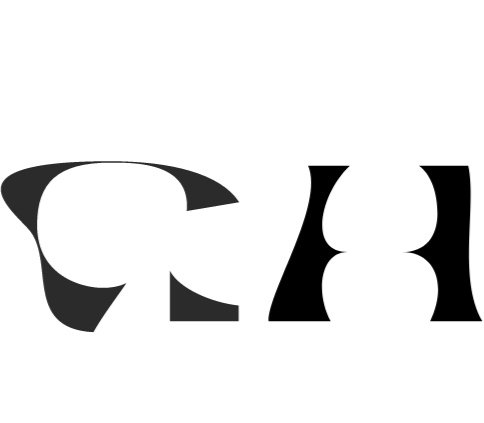My bed a raft, the room the sea, and then I laughed some gloom in me
Hans Op de Beeck, 2019
Sculpture: Polyester, polyurethane, steel, polyamide, epoxy, wood, coating
400 x 400 x 114 cm (w x d x h)
From the artist: ”My bed a raft, the room the sea, and then I laughed some gloom in me” depicts a young female figure asleep in her bed which hovers above a raft, which, in turn, is afloat on a lily-pond. The floating sensation is commonly associated with the onset of sleep. As the raft has no sail or tiller it is controlled by chance and the natural elements, becoming a fitting metaphor for surrender. By the side of the bed are books, candy, a flashlight, a glass of water and sleeping pills. Butterflies flutter about, emblems of mortality and transience. In ancient Greece they were considered representations of souls while classic animated cartoons employed them frequently as playful interludes. Each object or element placed by the sleeper forms part of an arsenal of theatrical devices used by the artist to create an ambient or atmosphere. They serve to invoke a hyper-fictional state – guiding the viewer to the story, or perhaps into the girl’s reverie. Sleeping and dreaming are conditions that frequently recur in the artist’s work, but rather than supporting their presence with psychoanalytic readings, they encourage the audience to submit to their own dreams through the imagination.
ξ
ξ
Hans Op de Beeck
Situating the artist and his oeuvre:
Visual artist Hans Op de Beeck lives and works in Brussels, where he has developed his career through international exhibitions over the past ten years. His work consists of sculptures, installations, video work, photography, animated films, drawings, paintings and writing (short stories). It is his quest for the most effective way of presenting the concrete contents of each work that determines the medium that the artist ultimately selects. The scale can vary from the size of a small watercolour to a large, three-dimensional installation of 600m2. The artist not only uses a very wide variety of media, but also deliberately employs a diversity of aesthetic forms, ranging from an economical, minimalist visual language to overloaded, exaggerated designs, always with the aim of articulating the content of the work as precisely as possible.
Thematically, the work concentrates on our laborious and problematic relationship with time, space and each other. Op de Beeck shows the viewer non-existent, but identifiable places, moments and characters that appear to have been taken from contemporary everyday life, aiming thereby to capture in his images the tragicomic absurdity of our postmodern existence. Key themes are the disappearance of distances, the disembodiment of the individual and the abstraction of time that have resulted from globalisation and the changes to our living environment that developments in media, automation and technology have brought about.
Hans Op de Beeck sometimes calls his works “proposals”; they are irrefutably fictional, constructed and staged, leaving it up to the viewer whether to take the work seriously, as a sort of parallel reality, or immediately to put it into perspective, as no more than a visual construct. His work is nourished by a keen interest in social and cultural reflection. The artist also questions the difficult relationship between reality and representation, between what we see and what we want to believe, between what is and what we create for ourselves in order to make it easier to deal with our own insignificance and lack of identity. The visual output of that investigation often produces slumbering, insidious, melancholy and astonishing images.



